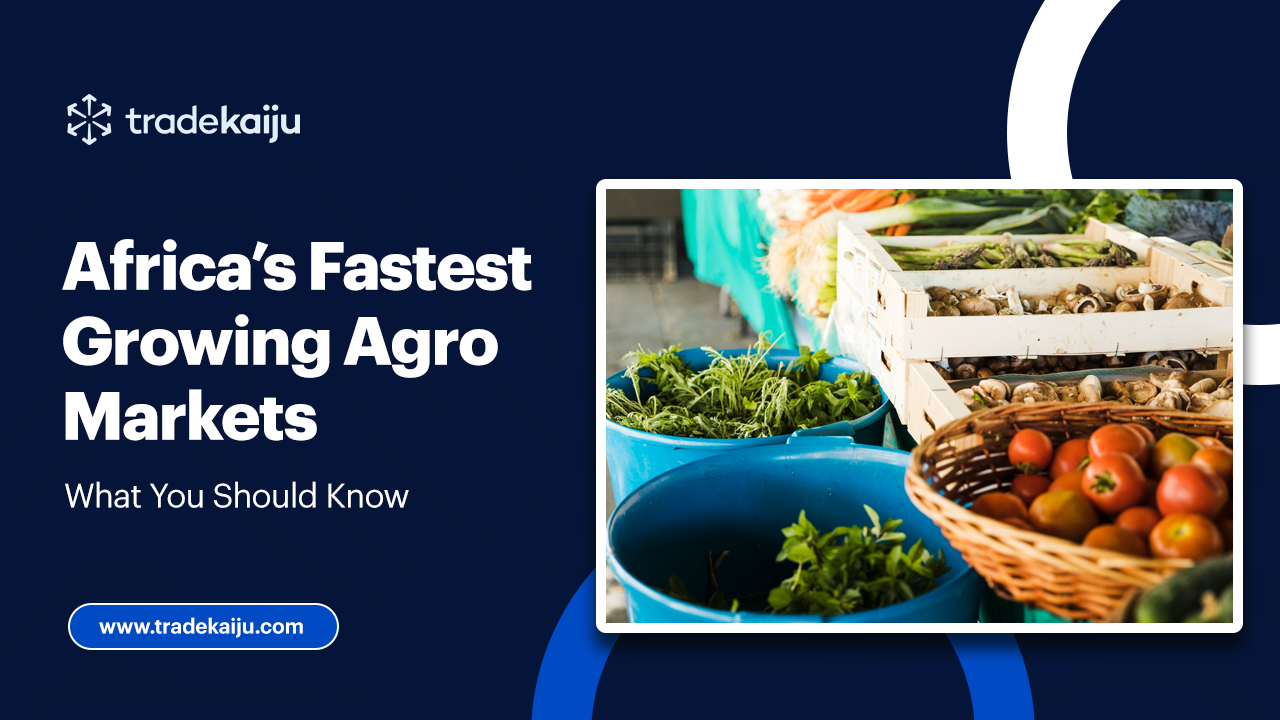The Economic Potential of the Global Tea Industry
Date Posted: 2022-06-07 15:38:23

The beverage is a classification of crops made up of plants that humans consume in order to quench their thirst. Among these plants, tea stands out for its popularity, influence on diverse human cultures, and economic importance. Tea is an evergreen shrub and small tree in the Theaceae family. The plant is classified as belonging to the genus Camellia, and the most common species is the Camellia sinensis within which there are two different varieties, Camellia sinensis var. Sinensis and Camellia sinensis var. assamica.
The word 'Tea' is a semantic elaboration of the Chinese word tu, which literally translates as a collection of bitter herbs. Tea consumption dates back to 2700 BCE in southwestern China, where Aboriginals ate its edible leaves as parts of soups and greens. The popularity of tea in China continued to grow rapidly and the crop would soon gain entry into India, Japan, Taiwan, and Europe, via Portugal, at different times.
The crop thrives in the tropic and sub-tropics, where it enjoys average temperatures of 12.5-13.0 degrees. Tea needs accumulated rainfall of about 1500mm and well-drained land with acidic soil. It normally grows more slowly on a steep slope topography and at an altitude of roughly 1500m above sea level. Crop propagation is accomplished by seed germination and cutting. Tea production activities include planting, harvesting, withering, rolling, fermenting, and drying.
Generally, the market classifies tea into three types. The first classification is based on the region where the tea is grown. There are teas from China, Japan, India, and Africa. The second classification is based on the size of the leaf. On this basis, there are two types of leafy tea: large and small. The final classification is determined by the degree of fermentation. There are three types of tea: fermented (black), unfermented (green), and semi-fermented (oolong).
Tea is now more commonly consumed as a beverage than as a meal. With exception of water, tea is the world's most popular beverage. Analysts think that tea consumption equals the total of all other beverages. Tea drinks provide lovers with unique, distinct, and enticing fragrances and flavours ranging from floral to herbaceous spicy. Caffeine, which has a stimulating impact on consumers, accounts for around 3% of dry tea. The majority of tea residue includes 30-40% polyphenols. Tea contains trace amounts of additional stimulants such as theobromine and theophylline. Tea has therapeutic and physiological advantages, according to Penn Medicine, including immune system strengthening and resistance to the assault of inflammation. Regular eating of the crop also has a scientific foundation for cancer prevention and treatment of heart disease.
China, India, Kenya, Argentina, and Sri Lanka are the leading tea producers, in that order. China produced over 2.9 million tonnes of tea, while India produced an average of 1.42 million tonnes in 2020. The largest African producer, Kenya, recorded a volume of 570,000 tonnes of tea in the same year. According to OEC, export records show that China traded $1.75 billion worth of tea in 2020. On the list of exporters, Sri Lanka, Kenya, India, and United Arab Emirates follow, in that order. In the same year, Pakistan was a tea destination with well above $646 million in trades.
The tea market was worth $7.7 billion in 2020. This figure represents 0.046% of trade with the crop ranked 374th among 1217 products traded on the international market. There was, however, a decline in the world export of tea in 2019-2020. Key players in the tea industry include TeaCurry, Lipton, Twinning, Yogi, and Biglow tea. India is the largest consumer of tea largely due to a large uptick in production and consumption of the crop by the English during their colonial occupation of the country.
Certifications such as Rainforest Alliance, UTZ, and other relevant organic certifications are important for new entrants and investors in the tea sector as they can enhance a business's ability to effectively penetrate the market.
Complying with regulatory provisions and industry standards is also extremely important for traders and other stakeholders. These regulations include the Crop Act (2013), The Agriculture and Food Authority Act (2013), and The Crop (Tea) Industry Regulations (2020). Investors must also pay close attention to the specifications of a tea in demand in order to trade on the worldwide market.
Investors are flocking to this market because of the crop's enormous popularity, unrestricted manner of production, large market, and ability to transform the economy of the producing area. It's safe to say that tea will continue to grow in popularity among drinkers.
Useful Links
https://www.eliteabar.com/blogs/tea-education/7780719-tea-processing
https://en.wikipedia.org/wiki/Tea#Chemical_composition
https://www.britannica.com/topic/tea-beverage#ref65371
https://www.itis.gov/servlet/SingleRpt/SingleRpt?search_topic=TSN&search_value=506801#null
Similar Blog Posts

Cashew is one of Africa’s most valuable export crops, yet many people (especially new traders) don’t fully understan

Africa is fast becoming a global agricultural powerhouse. With a combination of favorable climate, expanding investment,

Market access is one of the most significant barriers in the agricultural sector today, especially across many regions i